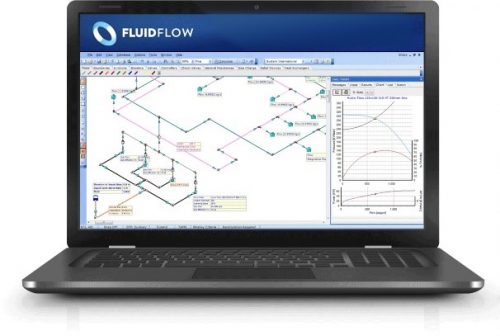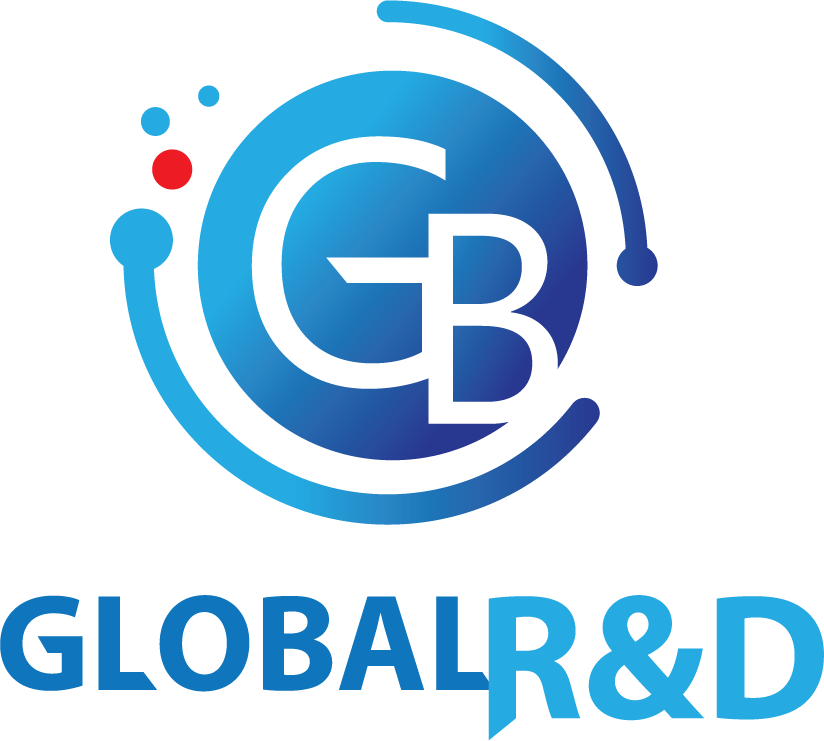
Global R&D is the sole distributor of FluidFlow software in Thailand. We believe in finding the best solution for our customer to tackle their challenge in day-to-day work. Therefore, we chose to represent the software, FluidFlow, which is a TOTAL SYSTEM DESIGN APPROACH with the most comprehensive and EASY TO USE PIPE FLOW SOFTWARE available.
FluidFlow is easy-to-use and EQUIPS YOU WITH ALL THE TOOLS NEEDED to design or analyze safe, reliable and energy efficient pipe flow systems. A highly intuitive user interface combined with a FREE DATABASE OF OVER 1200 FLUIDS AND OVER 800 EQUIPMENT COMPONENTS has helped engineers get to grips with the program quickly. New fluids (including petroleum fractions), fluid mixtures and components can be quickly and easily added to the database. Accelerate your design process with automatic equipment sizing technology to API & ISO standards.
Experience by yourself, TAKE A 14 DAY TRIAL

WANT TO LEARN MORE? FluidFlow is a modular software product meaning YOU CAN CHOOSE THE CALCULATION MODULES WHICH ARE RELEVANT TO YOUR COMPANY AND INDUSTRY. You can therefore model any fluid type or phase state within one single model. This means you don’t have to purchase or learn how to use multiple software programs and spend extra time creating multiple models in separate programs to complete your design analysis.






